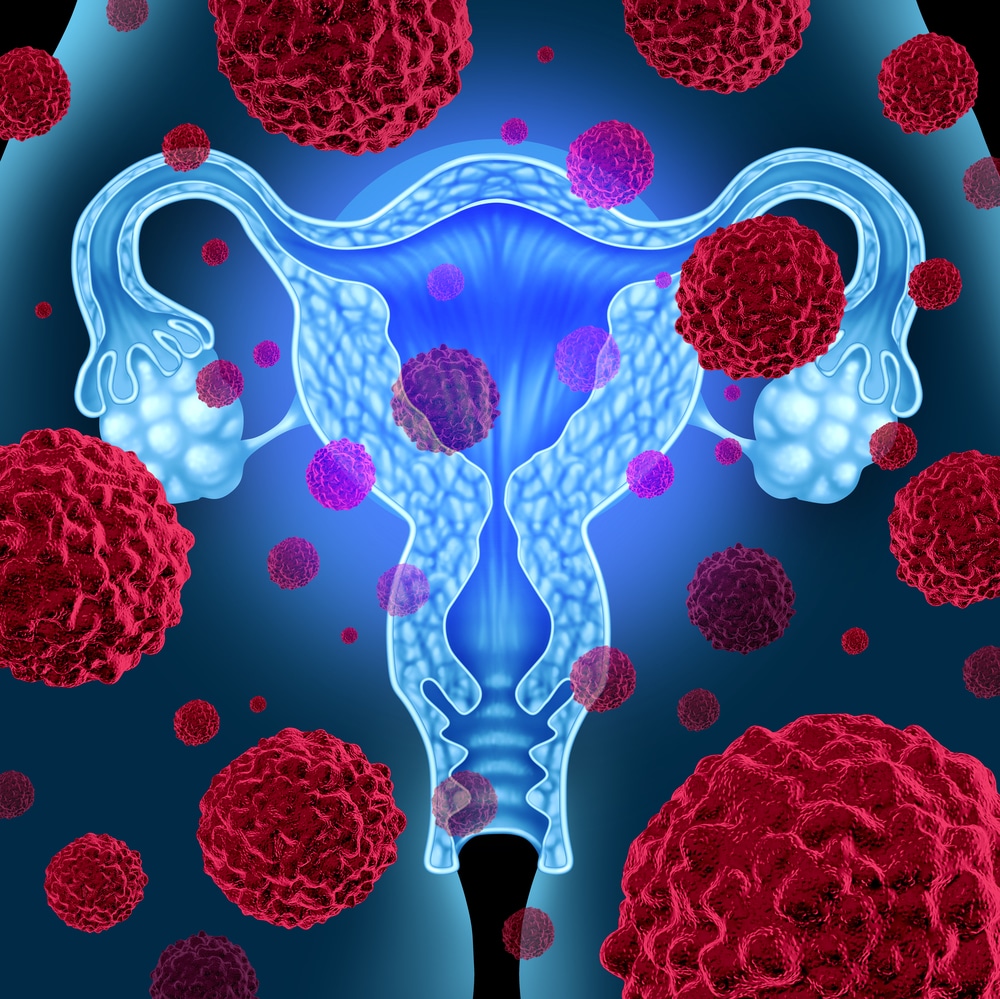Every January marks Cervical Cancer Awareness Month, a period of time when Sheba redoubles our dedication to spreading awareness regarding cervical cancer. Globally, it currently stands as the second most common cancer for women. According to data provided by the WHO (World Health Organization) from 2020, there were an estimated 604,000 new cases that year, and 342,000 deaths.
In the fight against cervical cancer, awareness stands as the foundational step towards improved health outcomes. This form of cancer, primarily caused by the human papillomavirus (HPV), is both preventable and treatable when detected early. Regular screenings and HPV tests are critical, as they can identify precancerous changes in cervical cells before they develop into cancer.
Cervical Cancer Types
Cervical cancer is categorized into various types depending on the cell type where the cancer originates. The primary forms of cervical cancer are adenocarcinoma and squamous cell carcinoma. Adenocarcinoma occurs when cervical cancer begins to form on the column-shaped gland cells that line the cervical canal. Squamous cell carcinoma forms on the squamous cells that line the outer part of the cervix. This is the most common type of cervical cancer.
Risk Factors
There are numerous risk factors that can significantly increase a woman’s chance of developing cervical cancer. Understanding these risk factors is essential for prevention and early detection.
- Smoking Tobacco – HPV infections in smokers tend to last longer and are less likely to fade away. HPV is a leading cause of cervical cancers.
- Multiple Sex Partners – Having multiple sexual partners significantly increases the chances of HPV.
- Sexually Transmitted Infections – Sexually transmitted infections like herpes, syphilis, gonorrhea, chlamydia and HIV/AIDS increase the risk of HPV.
- Weakened Immune System – The chances of developing cervical cancer are significantly increased in individuals with immune systems weakened by other conditions.
- Exposure to Miscarriage Prevention Medicine – If a patient’s mother used a medication known as diethylstilbestrol (DES) during her pregnancy, it could elevate their risk of developing cervical cancer. DES, a drug widely used in the 1950s to avert miscarriages, has been associated with an increased likelihood of a specific cervical cancer type called clear cell adenocarcinoma.

Symptoms of Cervical Cancer
Cervical cancer may initially be asymptomatic in its early stages. However, as the cancer progresses, it can lead to various signs and symptoms, including:
- Experiencing post-intercourse bleeding, spotting between menstrual cycles, or postmenopausal bleeding.
- Menstrual periods that are more intense and prolonged than normal.
- Discharge from the vagina that is both watery and blood-tinged, possibly heavy and accompanied by an unpleasant odor.
- Discomfort in the pelvic area or pain felt during sexual activity.
Treatment of Cervical Cancer at Sheba
Sheba’s commitment to women’s health has always been one of our highest priorities and our Gynecologic Cancer Department upholds that sentiment by providing tailor-made treatment plans for patients with cervical cancer. Our approach involves a collaborative effort among various specialists including medical oncologists, radiation oncologists, gynecologists, surgeons and gynecologic oncologists. The range of treatments we offer includes traditional chemotherapy, targeted chemotherapy, radiation therapy, brachytherapy and surgical interventions.
In cases of early stage cervical cancer, a combination of surgery and radiation therapy, supplemented with chemotherapy, is commonly employed. For more advanced stages of the disease, chemotherapy, either conventional or targeted, is used. Targeted chemotherapy involves the use of cutting-edge drugs designed to destroy cancer cells while minimizing harm to healthy cells. This method offers the advantages of reduced side effects for the patient and the capability to administer higher concentrations of the drug, thereby increasing the potential to eliminate a greater number of cancer cells.
Another treatment option we provide at Sheba is brachytherapy. Unlike external beam radiation, brachytherapy uses internal radiation sources, such as implanted radioactive beads and it has been proven to be especially effective in cervical cancer cases. It delivers intense radiation directly to the infected area, sparing healthy tissues, and the beads gradually lose radioactivity, eliminating the need for removal. Commonly used alongside surgery and chemotherapy, brachytherapy is a key treatment at Sheba. Our facility features a cutting-edge operation room equipped with 3D imaging and high dose radiation (HDR) SMART SEED therapy, positioning us at the forefront of this technology, which enables the treatment of moderate-risk cervical cancer without hormone therapy.




